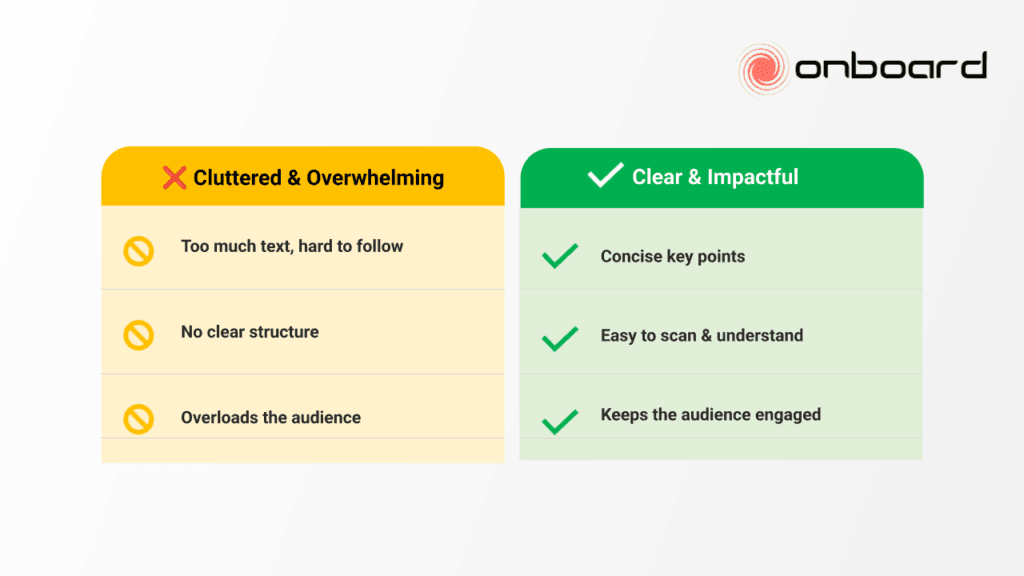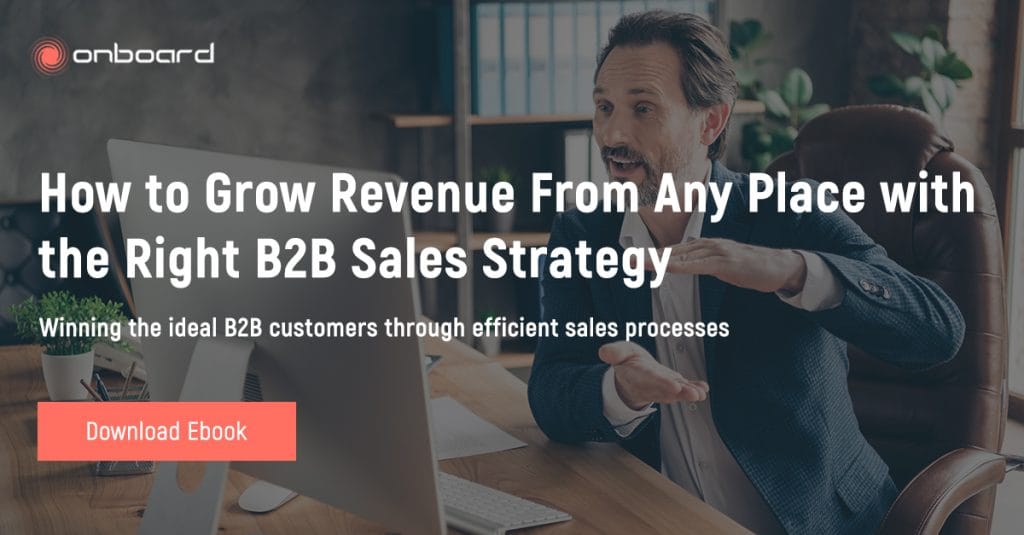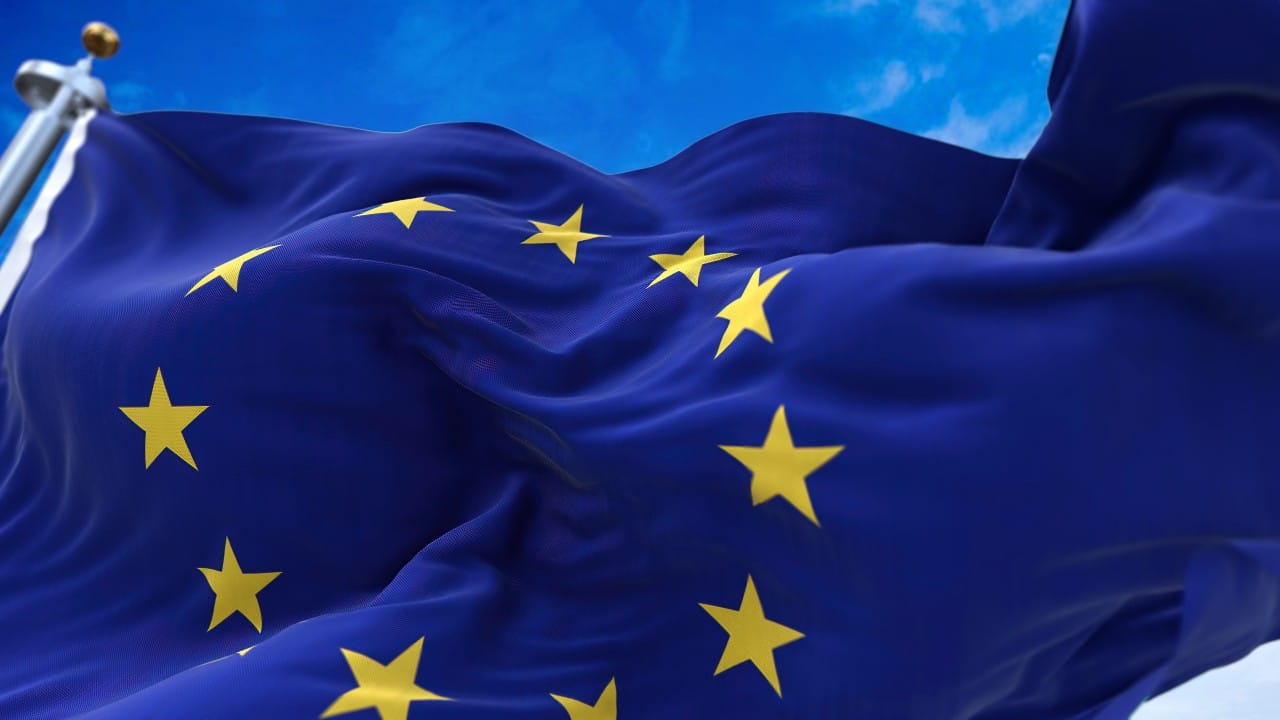Why B2B Sales Presentations Fail and How to Fix Yours
Profile
Most sales professionals believe that a great product and a well-structured pitch are enough to win deals. Yet, research shows that 80% of B2B sales presentations fail—not because the product isn’t good, but because the presentation doesn’t resonate with the audience.
If your sales demos aren’t converting, chances are you’re making the same mistakes that countless sales teams make. But the good news? With the right approach, you can transform your sales presentations into a high-impact, deal-closing machine.
Let’s explore the top five reasons why B2B sales presentations fail—and how you can fix yours today.
Mistake #1: Talking Too Much About Your Product (And Not About Their Problem)
🚫 The Problem:
Most sales presentations are feature-heavy and seller-oriented. They focus on what the product does rather than why it matters to the buyer.
✅ The Fix:
- Shift the focus from features → outcomes.
- Open your presentation with a statement about the buyer’s biggest challenge instead of a company introduction.
- Use the “So What?” test—for every feature you mention, ask yourself: Why does this matter to the customer’s business?
📌 Example Fix:
❌ Old way: “Our software has AI-driven automation for data management.”
✅ New way: “Companies like yours waste an average of 20 hours per employee per month on manual data management. Our AI automation reduces that by 85%, helping your team focus on higher-value tasks.”
Related: Sealing the Deal: Innovative Strategies for B2B Inside Sales
Mistake #2: Information Overload – Too Many Slides, Too Many Details
🚫 The Problem:
Many sales teams assume that more information = more convincing. Instead, buyers get overwhelmed and disengage.
✅ The Fix:
- Stick to the Rule of Three—limit your key takeaways to three core benefits.
- Keep slides clean, visual, and minimal.
- Introduce stories, examples, and analogies instead of long technical explanations.
📌 Example Fix:
❌ Old way: A 30-slide deck filled with charts, product specs, and bullet points.
✅ New way: A 10-slide deck with a problem-solution-impact structure and real-world customer success stories.

Mistake #3: Failing to Engage the Prospect
🚫 The Problem:
Many sales presentations feel one-sided—the seller talks, and the prospect listens passively. By the end, they’re disengaged.
✅ The Fix:
- Turn your presentation into a conversation.
- Ask open-ended questions at key moments.
- Use interactive elements like polls, live demos, or scenario-based discussions.
📌 Example Fix:
❌ Old way: A linear presentation where the rep speaks for 30 minutes without interruption.
✅ New way: Start with: “What’s your biggest challenge in [industry pain point]? Let’s see how we can solve it today.”
Related: 5 ChatGPT Prompts to Find and Engage Channel Partners Like a Pro
Mistake #4: Not Tailoring the Presentation to the Buyer
🚫 The Problem:
Generic, one-size-fits-all pitches don’t work. Buyers expect a presentation tailored to their industry, company, and specific needs.
✅ The Fix:
- Research the buyer’s company, industry, and key pain points before the meeting.
- Customize your examples, case studies, and metrics to match their world.
- Use language that speaks to their business goals.
📌 Example Fix:
❌ Old way: “Our product helps businesses automate workflows.”
✅ New way: “For healthcare providers like you, our automation tools reduce patient data processing time by 50%—improving efficiency and compliance.”
Related: Which Technology Drives B2B Telemarketing for IT and Software Companies and How?
Mistake #5: No Clear Next Steps or Weak Call-to-Action
🚫 The Problem:
Many sales presentations end without a strong follow-up plan. B2B byers leave interested but unclear on what happens next.
✅ The Fix:
- Always end with a clear CTA: Trial, follow-up meeting, pilot program, or contract review.
- Send a recap email immediately after, summarizing key takeaways and action points.
- Use the “If-Then” technique:
- “If this solution aligns with your needs, then let’s set up a pilot with your team next week.”
- “If this solution aligns with your needs, then let’s set up a pilot with your team next week.”
📌 Example Fix:
❌ Old way: “Let us know if you have any questions.”
✅ New way: “Let’s schedule a follow-up next Tuesday to discuss implementation with your team.”
Final Thoughts: How to Fix Your B2B Sales Presentation Today
🚀 If you want to convert more B2B sales presentations into closed deals, remember:
✔ Lead with the prospect’s problem, not your product.
✔ Keep it simple, engaging, and relevant.
✔ Turn your pitch into a conversation, not a lecture.
✔ Always end with a strong call-to-action.
💡 What’s Next?
Look at your current sales presentation—do you see any of these mistakes? Try making one small improvement today and test the impact on your next call.
💡 Do you need help improving your current B2B sales strategy?
Let’s craft a winning blueprint that engages, persuades, and closes more deals for your business. Book your FREE 30-minute consultation today!




